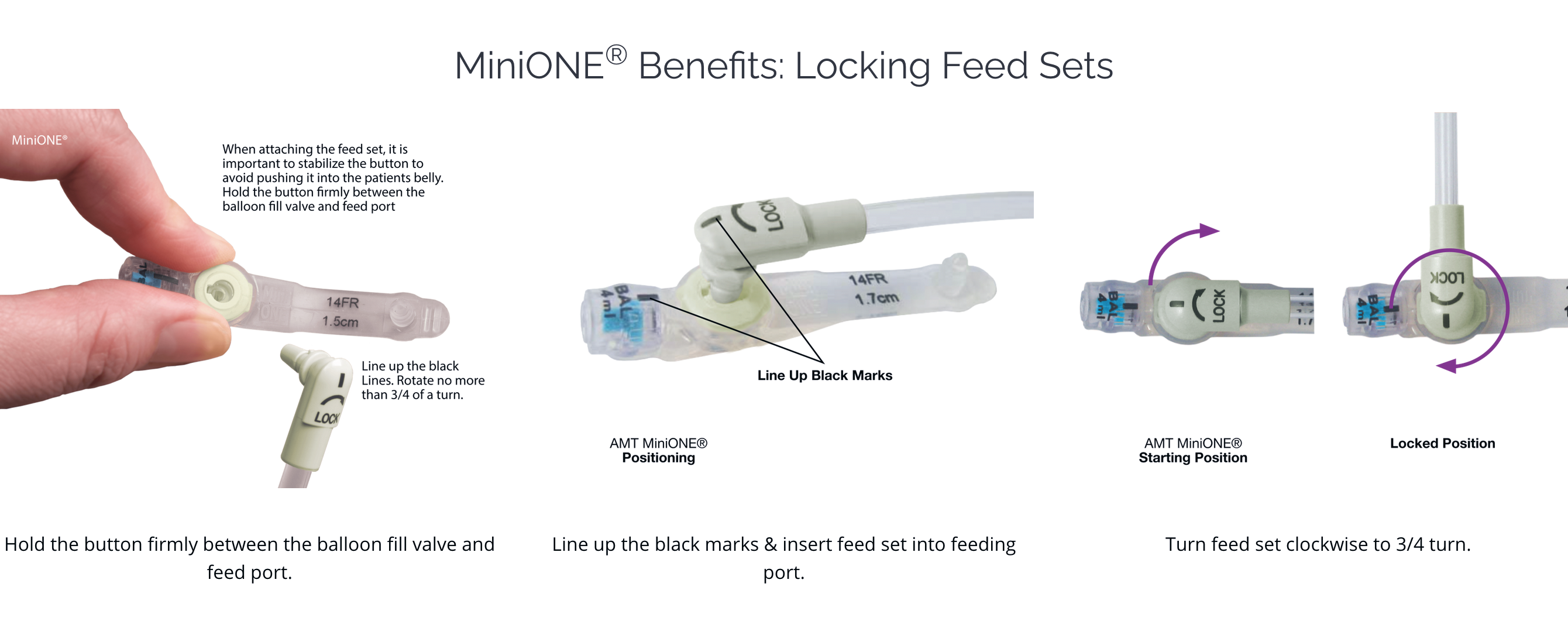Dwellness™ • Enteral Schedule and Method
Enteral Schedule and Method
Dwellness™ customization for:
Your Patient
[NOTE: All routines and schedules are flexible. Carefully observe your patient’s condition before and during feeding.]
[NOTE: Many aspects of your patient’s care may be flexible, but this depends on your powers of observation. When you are with your patient, keep your senses focused on any signal your patient gives that might indicate how your patient feels and how your patient's internal systems are functioning. Over time, you will learn how to respond with different approaches to your patient's care that maximize your patient's comfort, safety, and health.]
[NOTE: Your patient's daily fluid intake can vary, depending on weather conditions and the indoor environment.]
- 1400mL free water daily with flushes
- The fluid intake includes fluids during meals
[NOTE: Your patient's schedule and amounts can vary, depending on your observations of your patient's condition (eg: gut, secretions, energy levels, pain levels, etc…)]
- 3 meals/day, each meal is 300-360 ml
- Plus one portion of a probiotic food
- Approximate times:
- Breakfast — between 6am and 8am
- Lunch — between 11am and 1pm
- Dinner — between 4:30pm and 6:30pm
- 2 snacks/day, each snack is 120−180 ml
- Approximate times, depending on the day’s schedule for meals:
- Morning snack — between 10am and 11am
- Afternoon snack — between 3:00pm and 4:00pm
[NOTE: Your patient's schedule and amounts can vary, depending on your observations of your patient's condition (eg: gut, secretions, energy levels, pain levels, etc…)]
[NOTE: At breakfast time, your patient has a cup of Green Tea. Measure 12oz filtered water into a glass measuring cup. Microwave for 3 minutes. Place a Green Tea bag into a short drinking glass and pour the hot water over it. Let it sit for about 10 minutes, then remove the tea bag.]
→ CAUTION: Be sure the tea is not too hot before drawing it into the syringe. If necessary, place the glass in the freezer for five minutes. It should be warm, but not hot. ←
After dispensing the food into a cup, warm it according to the season. If the weather is very warm, warm the food in the microwave only about 20 seconds, just so it's not too cold. If the weather is very cold, warm the cup for 30 seconds in the microwave, then stir it to remove hot spots. Warm again for about 20 seconds, then stir.
Likewise, if the weather is very cold, warm the glass of water just so it feels more comfortable. For a full glass (about 12-16oz), warm it for about 40 seconds.
Draw up the food mixture in the 60mL syringes with the bolus tips. The air that is worked into the mixture by the blender needs to be removed before feeding. Excess air can cause stomach pain and discomfort.
Tap the body of the syringe on the edge of the counter, shielding the tip so it doesn’t spray food out into the room. This will work any bubbles up to the tip. When the air accumulates at the tip, squeeze it out before feeding.
For giving enteral food mixture, attach a 24″ bolus G-tube extension. Here is a graphic with instructions for attaching the extension.

The G-tube requires regular care. For all other aspects of its care, see G-tube Care
[NOTE: When you're finished using the G-tube extensions, rinse them inside, clip them, and store them in the fridge with the syringes (see below). As with the food syringes, dispose of the extensions twice a week.]
[NOTE: All food and water is given in a 60mL syringe at a rate of approximately 1mL per second — about one minute per syringe. Please give at this rate with any food or water, for the comfort of your patient's tummy.]
60ml bolus-tipped syringes
- General number per week is 14 syringes
- 7 syringes, disposed of twice a week
- Recommend disposing of the syringes on Sunday night and Thursday night
- Six food syringes are stored in a Ziplok in the fridge
- One water syringe stored outside the Ziplok, but also in the fridge
- If you use food syringes while traveling, dispose of them each day of travel
- If you have a refrigeration bag, you may keep them more than one day
- 1 syringe of water
- 2½ syringes of food
- 1 syringe of water → Pause for 3 or 4 minutes
- 1½ syringe of food
- 1 syringe of probiotics
- 1 syringe of water
- 1 syringe of food
- 1 syringe of water → Pause for 3 or 4 minutes
- 1 syringe of water
[NOTE: At breakfast, use Green Tea instead of water for the rest of the meal. Finish with one syringe of water to clear the extension tube.]
→ Pause for 3 or 4 minutes- 1 syringe of water
- 2½ syringes of food
- 1 syringe of water → Pause for 3 or 4 minutes
- 1 syringe of water
- Do not include probiotics in the blender food mixture
- Give separately through the day
- Give at least one type of probiotic food every day
- Lactose-free Yogurt
- Lactose-free Kefir
- Miso
- Kombucha
- Blue cheese
- Split the total for the day into three parts: breakfast, lunch, and dinner
- The positive effects of probiotics expire once the probiotics have move through and out of your system
- The ideal sharing of probiotics each day is
- One type for breakfast
- A different type for lunch
- A third type for dinner
Dwellness input from HPCA and family caregivers can serve to improve the ongoing support system. Feel free to speak up!
 Dwellness
Dwellness